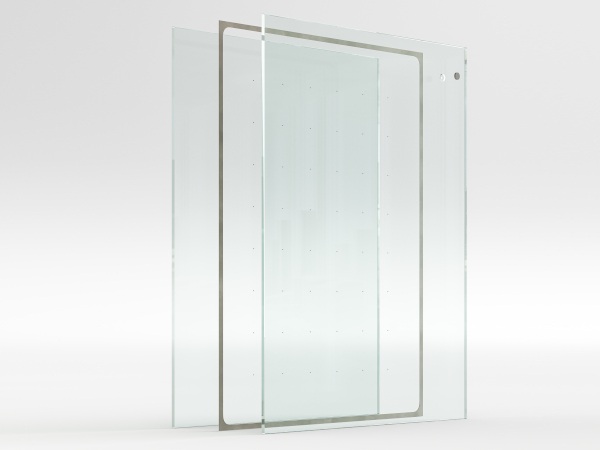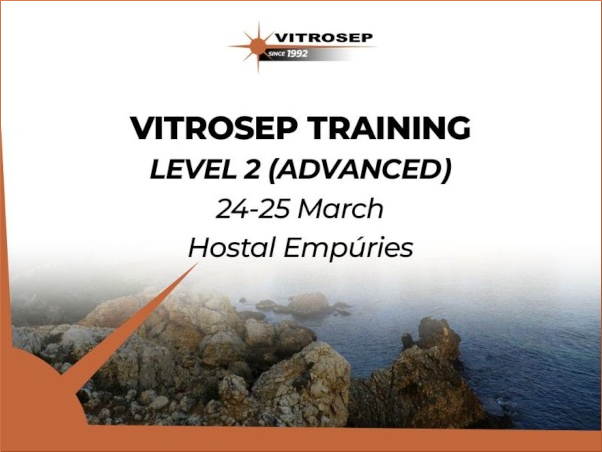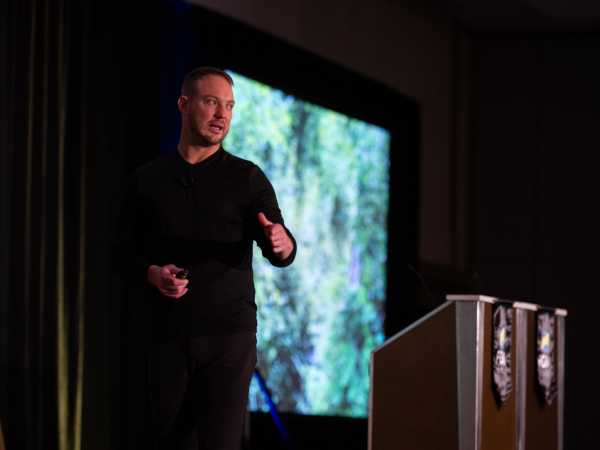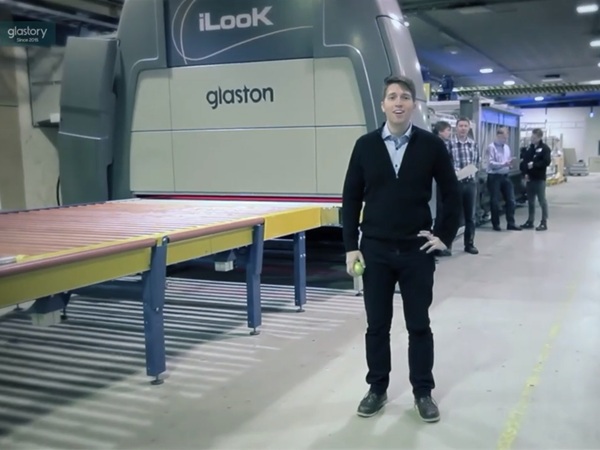Date: 13 January 2015
Prof Jianrong Qiu was the host for the event and undertook much of the local organisation. The aim was to stimulate cross-fertilisation between the two different ICG Schools that had taken place previously (in China and Montpellier) and create a model that could be carried forward successfully into the future.
Professor Peng Shou, President of the International Commission on Glass, and the Board Chairman and President of the China Triumph International Engineering Company, played a key role in bringing these two separate threads together and offered considerable support, both financial and administrative, to ensure the success of the event. The Chinese Ceramic Society were also official sponsors.
.jpg)
The first morning began with a formal Opening Ceremony where Prof Shou Peng, Zhanping Jin, Secretary-general of the Chinese Ceramic Society, and Chen Xu, Vice-President of Shenzhen University, each welcomed the Winter School delegates. The early start, Monday morning traffic and wet weather did nothing to dampen the spirits of the attendees all of whom happily joined the group photograph taken outside in the rain.
During the 4 day event, 20 talks were presented in total all but one in the mornings. Lectures each lasted 40 minutes. Any fears of a language barrier were quickly dispelled as the local participants joined in admirably the short time set aside after each lecture for questions. Short coffee breaks mid-morning and a shared lunch venue gave further opportunities for more in-depth conversations. Each day’s lectures were grouped under the headings: properties, phenomena and control, characterisation and glass surfaces/thin films/applications. Individual topics ranged from phase diagrams to coating technologies and from glass colour to surface analytical techniques. Additionally during the school Prof Fabio Nicoletti, honorary president of ICG, visited for one day and agreed to give a short unscheduled presentation on Glass for Pharmaceuticals, particularly how to find common ground for an agreement on international standards on chemical durability.
Afternoons were largely devoted to student activities, the first on Monday being short presentations of their own research projects for information but also to help create links between different student groups. These talks were used to help create groupings for the project work that was to follow. This was followed in the evening by a welcome reception. Tuesday afternoon and two evening sessions were devoted to group projects. Wednesday included visits to Han’s Laser Technology Industry Group and Hua Wei, two internationally important companies in the optical and electronics fields respectively. A sumptuous conference banquet for the teaching staff at the Grand Soluxe Zhongyou hotel completed the day’s activities. Thursday afternoon was project presentation afternoon. Each of six groups had to present their conclusions to the assembled audience of lecturers and their peers for 10 minutes and then answer questions for a further 10 minutes, with the aim of becoming the winning group. The element of competition fired up the students to probe in depth each other’s reports and created a lively atmosphere. We discovered that Chinese students are no different to European students!
The final student presentation was a fitting conclusion to the afternoon and was awarded first place in a short ceremony designed to build a TV reality show atmosphere. The winning project was a proposed solution to the problem of low emissivity coated windows attenuating telecommunications signals. The winning group were each given a copy of the ICG book on ‘Making Glass Better’.
In a brief closing ceremony, Mr Tan Fu, Deputy Secretary-general and Senior Engineer at the Chinese Ceramic Society, thanked those attending and contributing to the four day event.
Responses from student questionnaires completed at the end of the course showed that key aspects of the course appreciated by the students were: the project work, the opportunities to make wider contacts with fellow students, and hearing lectures from internationally known academics with many different backgrounds. Inevitably different parts of the course proved more popular with different students depending on their own specific interests and a significant proportion of the students commented on the intensity of presentation. Nevertheless by far the majority felt that the amount of material presented was about right. While running a course in English placed a high demand on those participating, most saw it as an opportunity to learn and improve language skills; it also facilitated participation by other Asian countries.
The photographs below show the students working hard on their projects, and also the winning group holding their prizes.









Add new comment